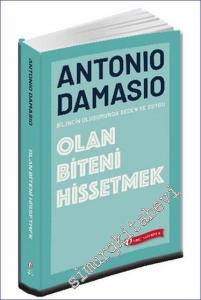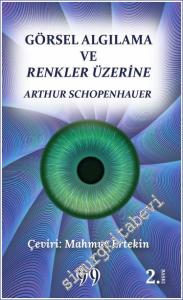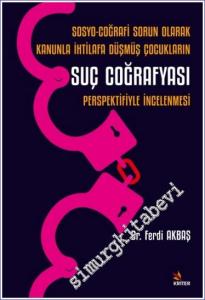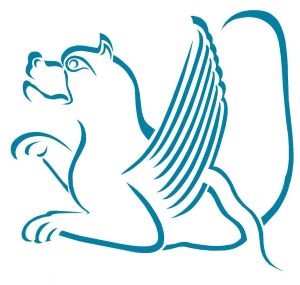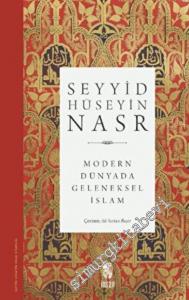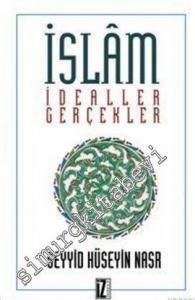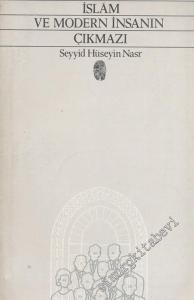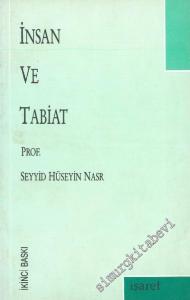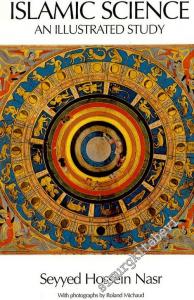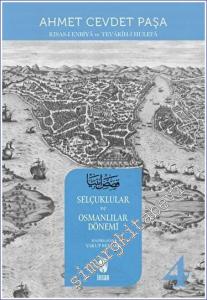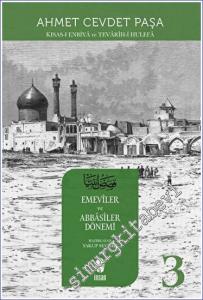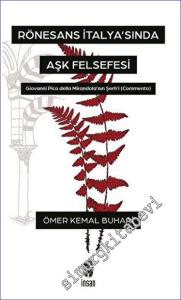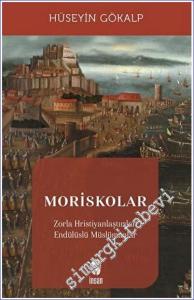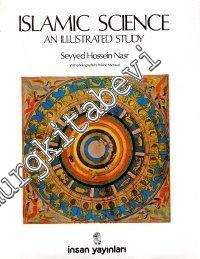
Islamic science, which is taken in this work to include disciplines concerned with the study of the cosmos, embraces a wide spectrum of intellectual activity, from the study of plants to algebra, carried out over more than a millennium by many races and peoples spreadover the middle belt of the earth from Spain and Morocco te eastern Asia. Because of its traditional character, this science is not limited in scope or meaning as is the modern discipline with the same name. The Islamic sciences, even in the more limited sense considered here, which excludes the religious and many branches of the philosophical sciences, are concerned at once with the world of nature, of the psyche and of mathematics. Because of their symbolic quality, they are also intimately related to metaphysics, gnosisand art, and because oftheir practicalimport they touch upon the social and economic life of the community and the Dvine Law which governs Islamic society. Considering these factors, it becomes evident with what a vast subject the student of Islamic science is faced and why as yet no complete study of the subject has been carried out.
Its extensive influence upon the Latin and Renaissance West has, since the eighteenth century, caused numerous studies in European languages to be devoted to the various facets of Islamic science, studies of which a complete bibliography has been made for the first time only recently (S. H. Nasr with the collaboration of W. Chittick, An Annotated Bibliography of Islamic Science). To this must be added the not inconsiderable amount of writings in the Islamic languages themselves. Neverthless, a great deal of the subject remains unknown, and throughout the libraries of the world there are numerous treatises on the Islamic sciences which have never received any attention...
Islamic science, which is taken in this work to include disciplines concerned with the study of the cosmos, embraces a wide spectrum of intellectual activity, from the study of plants to algebra, carried out over more than a millennium by many races and peoples spreadover the middle belt of the earth from Spain and Morocco te eastern Asia. Because of its traditional character, this science is not limited in scope or meaning as is the modern discipline with the same name. The Islamic sciences, even in the more limited sense considered here, which excludes the religious and many branches of the philosophical sciences, are concerned at once with the world of nature, of the psyche and of mathematics. Because of their symbolic quality, they are also intimately related to metaphysics, gnosisand art, and because oftheir practicalimport they touch upon the social and economic life of the community and the Dvine Law which governs Islamic society. Considering these factors, it becomes evident with what a vast subject the student of Islamic science is faced and why as yet no complete study of the subject has been carried out.
Its extensive influence upon the Latin and Renaissance West has, since the eighteenth century, caused numerous studies in European languages to be devoted to the various facets of Islamic science, studies of which a complete bibliography has been made for the first time only recently (S. H. Nasr with the collaboration of W. Chittick, An Annotated Bibliography of Islamic Science). To this must be added the not inconsiderable amount of writings in the Islamic languages themselves. Neverthless, a great deal of the subject remains unknown, and throughout the libraries of the world there are numerous treatises on the Islamic sciences which have never received any attention...



